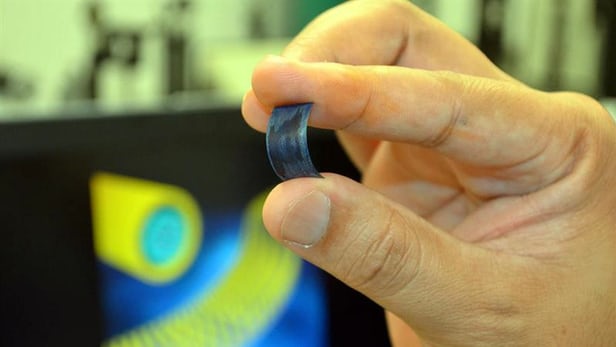
Breaking News
 Why Dual Engine Failure Changes Everything -- Louisville Crash Update
Why Dual Engine Failure Changes Everything -- Louisville Crash Update
 Transforming Storage Shelf / Workbench - Small Space Organization
Transforming Storage Shelf / Workbench - Small Space Organization
 Our 3-Step Strategy for a Stress-Free Pantry
Our 3-Step Strategy for a Stress-Free Pantry
 BEHIND THE DEEP STATE | The War on Farms
BEHIND THE DEEP STATE | The War on Farms
Top Tech News
 HUGE 32kWh LiFePO4 DIY Battery w/ 628Ah Cells! 90 Minute Build
HUGE 32kWh LiFePO4 DIY Battery w/ 628Ah Cells! 90 Minute Build
 What Has Bitcoin Become 17 Years After Satoshi Nakamoto Published The Whitepaper?
What Has Bitcoin Become 17 Years After Satoshi Nakamoto Published The Whitepaper?
 Japan just injected artificial blood into a human. No blood type needed. No refrigeration.
Japan just injected artificial blood into a human. No blood type needed. No refrigeration.
 The 6 Best LLM Tools To Run Models Locally
The 6 Best LLM Tools To Run Models Locally
 Testing My First Sodium-Ion Solar Battery
Testing My First Sodium-Ion Solar Battery
 A man once paralyzed from the waist down now stands on his own, not with machines or wires,...
A man once paralyzed from the waist down now stands on his own, not with machines or wires,...
 Army To Bring Nuclear Microreactors To Its Bases By 2028
Army To Bring Nuclear Microreactors To Its Bases By 2028
 Nissan Says It's On Track For Solid-State Batteries That Double EV Range By 2028
Nissan Says It's On Track For Solid-State Batteries That Double EV Range By 2028
Flexible supercapacitor process brings phones that charge in seconds a step closer

"If they were to replace batteries with these supercapacitors, you could charge your mobile phone in a few seconds and you wouldn't need to charge it again for more than a week," said postdoctoral associate Nitin Choudhary.
Working in the NanoScience Technology Center at UCF (and building on previous work in supercapcitor nanowire technology), the researchers realized their breakthrough by experimenting with the application of newly-discovered 2D materials known as transition-metal dichalcogenides (TMDs) only a few atoms thick to coat 1D nanowires.
Made primarily of layers of tungsten disulfide and tungsten trisulfide deposited using sequential oxidation/sulfurization (alternate layers produced by chemical reactions of oxygen and sulfur), these TMDs coat large "forests" of nanowires to effectively produce a compact array of many individual supercapacitors merged to make a cohesive unit with a large surface area.

 Review: Thumb-sized thermal camera turns your phone into a smart toolReview: Thumb-sized thermal camera turns your phone into a smart tool
Review: Thumb-sized thermal camera turns your phone into a smart toolReview: Thumb-sized thermal camera turns your phone into a smart tool Carbon based computers that run on iron
Carbon based computers that run on iron

